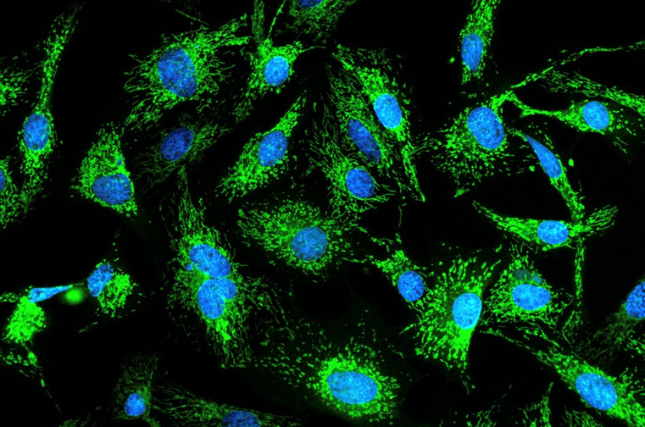
August 14, 2025 – In many protracted conflicts, humanitarian aid—intended to relieve suffering—often ends up sustaining the very armed groups and regimes responsible for that suffering, according to Hebrew University of Jerusalem research.
The study published in Social Science Research Network (SSRN) details the unintended consequences of humanitarian aid in conflict zones, such as Gaza, showing how well-intentioned assistance can become a resource for the very actors responsible for violence. The study shows that aid diversion through theft, taxation, inflated beneficiary lists, and negotiated concessions is not an occasional failure but a built-in feature of the current aid system, tolerated and sometimes normalized to maintain access and funding.
Drawing on UN reports, NGO records, and investigative accounts, the paper, “Aiding Who? Humanitarian Aid and the Continuation of War by Other Means,” by Professor Netta Barak-Corren of the Hebrew University Faculty of Law, and independent researcher Dr. Jonathan Boxman, compares the official humanitarian principles with the actual practices in prolonged conflicts including Gaza,, Somalia, Afghanistan, Syria, Iraq, Yemen, Sudan, and Ethiopia.
This dynamic undermines the principles of neutrality, impartiality, and independence of humanitarian actors, while empowering war lords and oppressive regimes, and prolonging wars. The authors argue that meaningful reform requires openly acknowledging these trade-offs and, when necessary, securing aid delivery through accountable forces or halting operations to prevent aid from fueling violence.
“In many cases, aid reaches those in need only after sustaining armed groups, corrupt officials, or political elites,” said Prof. Barak-Corren. “The oppressive regimes use humanitarian aid to fuel and sustain their aggressions. The current system has adapted to their requirements quietly and the victims are tragically the intended beneficiaries.”
Key Observations
- Systemic diversion: In all case studies, significant portions of aid are diverted before reaching intended recipients—in the most acute cases, more than 80%.
- Negotiated access: Humanitarian agencies often reach informal arrangements with local power brokers or armed groups in order to operate, even when these deals contradict neutrality, independence, or impartiality.
- Concealment: Field reports suggest a pattern of downplaying or omitting diversion incidents to avoid jeopardizing operations or funding.
- Impact on conflict dynamics: Diverted aid can strengthen the political and military position of conflict actors, making it harder to resolve the underlying crises.
Examples
- Gaza: Longstanding integration between UNRWA operations and Hamas governance allowed Hamas to staff 49% of UNRWA jobs with its loyalist and issue a 20-25% tax on aid.
- Somalia: Aid intended for displaced persons has been routinely intercepted by militias and “gatekeepers,” with some camps existing only on paper.
- Afghanistan: Aid groups have accepted Taliban-imposed taxes, staffing demands, and area restrictions for decades.
- Syria: Currency rules imposed by the former Assad government allowed it to capture nearly 50% of international aid budgets before distribution.
Policy Implications
The authors argue that effective reform will require confronting political realities more directly—either securing aid delivery through accountable partners, suspending operations where diversion cannot be prevented, or rethinking the conditions under which aid is provided.
“Avoiding the issue has allowed diversion to become part of the system,” said Dr. Boxman. “Acknowledging the trade-offs is the first step toward limiting the harm.”
The research paper titled “Aiding Who? Humanitarian Aid and the Continuation of War by Other Means” is now available in Social Science Research Network (SSRN) and can be accessed here.




